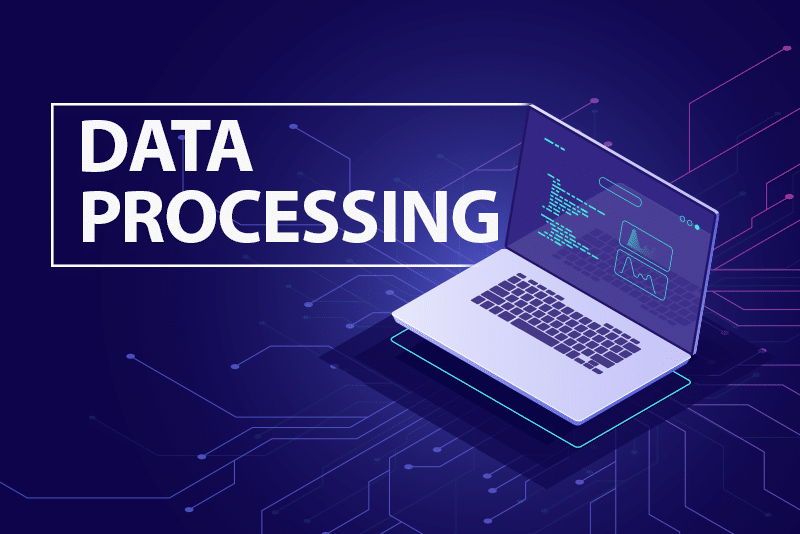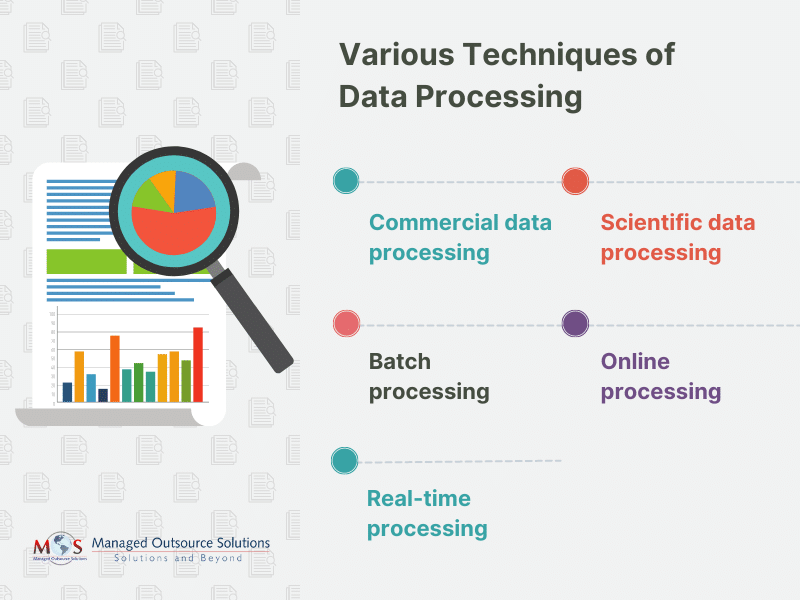In its raw form, data is unusable for an organization. That’s where data processing comes in. It involves collecting raw data and transforming it into a format that can be used for business purposes. In today’s data-driven digital world, data processing services are used to transform data into various digital formats. Data analytics are then used to gain valuable insights from the information. Various industries, including e-commerce, education, healthcare, banking, travel, and retail use data processing and data analytics to derive additional insights from big data.
Data scientists and data engineers are responsible for managing and handling the data processing cycle within an organization. There are different data processing techniques such as manual data processing, mechanical data processing, and electronic data processing.
5 Main Types of Data Processing
Commercial data processing
- Includes batch processing
- Fewer computational operations
Scientific data processing
- Larger use computational operations
- Takes longer time to process data
Batch processing
- Data is collected and processed in batches
- Used when the data is homogenous and available in large volumes
Online processing
- Raw data is automatically fed into a computer system
- Used when the data has to be processed continuously
Real-time processing
- Real-time processing of data
- Enables quicker execution of business tasks
Read our blog post: A Comprehensive Guide to Different Types of Data Processing
Businesses use different data processing methods based on the data they have and their goals. Transforming large data sets into well-presented information can help them make informed decisions, improve their operational efficiency, and gain a competitive edge in the market.





